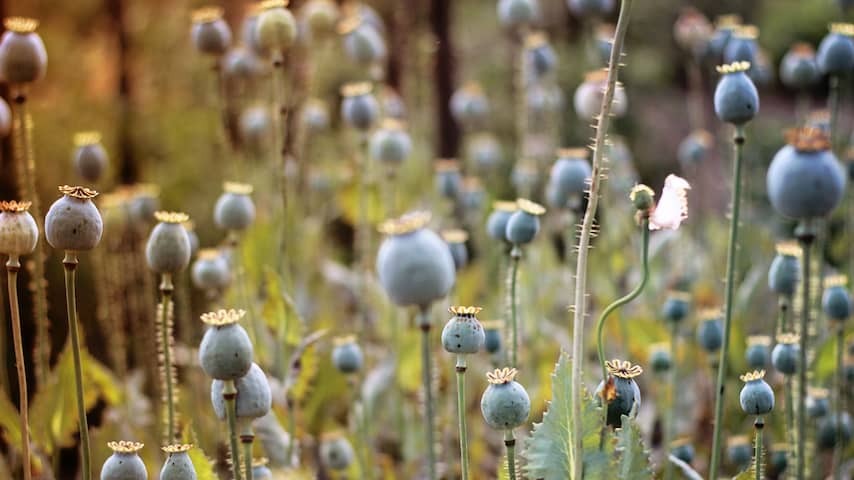
Garden table in the oil, balls into the ground, sowing bald spots – do these september jobs this weekend. You are grateful for yourself when spring starts.
Collect seeds from faded flowers
Many flowers have finished flowering around this time and have formed seeds that you can harvest. You don’t have to buy what you collect now in the spring.
Walk past front gardens in the neighborhood, ask if you can harvest, or look around in your own garden. Many flowers have a clear seed box, such as the poppy, akelei, foxglove, lady-in-the-green or marigolds. When the seeds are ready to harvest, the seed boxes are already a bit open and you can easily unpack the seeds.
Flower seeds form where the flower has flowered. If the seeds are very small, such as lavender, cut off the faded flowers and shake them above a large white sheet of paper or a white tablecloth. Let them dry well and keep the seeds in closed containers or in paper bags, not in plastic because then they can rot. A coffee filter is a good one for a homemade bag, tips Natuurmonumenten. Write the name of the flowers on it!
We do not yet know whether the winter is going to be strict, but that your garden table, chairs or bench are going to defend by cold, rain and wind is certain. That is why gardener Rob de Vries tips from Werkspot.nl to put your furniture in the wood oil. “That is easier in warmer weather. The sun helps with drying and you can apply multiple layers faster.” Wood oil penetrates deep into the wood grain, and replaces the essential oils that have been lost due to weathering. This helps prevent dehydration, warping and splitting.
Prepare your lawn for cold days
Sowing grass in the fall is perfect, says Lennart Lambooij of Degazon coach. “In the fall, the ground is even warmer. If you cover the grass seeds with worm compost, you are much more likely to germinate many seeds.”
Sowing bald spots is a good september job, says gardener de Vries, just like telling, or piercing holes in the lawn. “By aerating the lawn you ensure better air circulation to the roots.” Also remove heavy items such as play equipment from the grass.
Plant balls and perennials and sow hardy flowers
You can now put the spring bulbs in the garden, says Karen Mulder van Pluktuin Pluk Me in Weesp. The planting time is autumn, mid -September to the end of December. Mulder: “The earlier, the better. Choose biologically grown bulbs that benefit the bees. In the early spring there is little flourishing and that is why some spring balls have enormous added value for bees. Think crocuses, snowdrops, botanical tulips and blue grapes.”
That added value also applies to yourself, says Mulder: “How nice is it to welcome the first spring flowers in your garden in February and March?”
Early bloomers such as crocuses, star hyacinth, snowdrops and botanical tulips are wild, so that you eventually get more and more spring flowers in your garden.
September is also a very good month to put perennials in your garden, says Mulder. “The soil is nice and warm from the summer, wonderful to root in. The plant does not have to put energy in bloom, so it can use it to carrot. For example, they are already making a sprint underground to surprise you in the coming season with considerable growth and bloom.”
The hardy annual flowers can also be sown, says Mulder, such as the marigold, Korenbloem, Bolderik and Muffertje-in-the-green. “You can sow them in the fall and you will have early bloom in the spring. If you sow them again in the spring, you have a nice long flowering period. You can sow them in the open ground.”
The snail plague will not have missed a few (mush) garden lovers. You can now find the slimy friends in intimate hugs in your garden and that means many snails that come out in the spring. They will once again enjoy your seedlings.
If you cool down the ground in the spring, bring your snail eggs upstairs that then dry out. But it is not a spring, and the best thing you can do now, tips snail expert Jacobs earlier on NU.nl, is to pick up snails and bring it far away from your garden. “Try to collect them in one place.” For example, on a wet newspaper or in empty pumpkin peels. They crawl there. If you have collected a lot, it will save a lot if you then take it away. “
Collect the fallen leaf of deciduous trees, spray them with water and put them in a garbage bag with holes. In the spring, that yields a bag of fertile leaf compost. You can also sprinkle the leaves directly on your fixed garden plants for a nutritious mulch layer.
Oiling the Garden Table, Planting Bulbs, Sowing Bare Spots – Do these September Chores This Weekend. You’ll be grateful when jumping.
Collect Seeds From Faded Flowers
Many flowers have faded around this time and have formed seeds that you can harvest. What you collect now, you don’t have to buy in the spring.
Walk fits Front Gardens in The Neighborhood, Ask If You Can Harvest, Or Look Around in Your Own Garden. Many flowers have a clear seed pod, such as the poppy, columbine, foxglove, love-in-a-fog, or marigolds. When the Seeds Are Ready to Harvest, the Seed Pods Are Already a Little Open and You Can Easily Pick the Seeds Out.
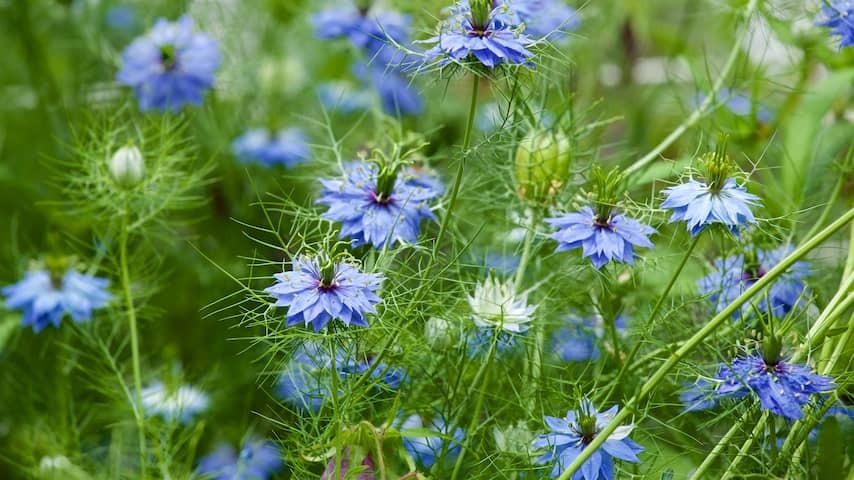
Flower Seeds Form in the Place Where the Flower Has Bloomed. If the seeds are very small, such as lavender, cut off the faded flowers and shake them out over a large white sheet of paper or a white tablecloth. Let Them Dry Well and Store the Seeds in closed containers OR in Paper Bags, not in plastic because they can rot. A Coffee Filter is a good one for a homemade bag, natural monuments tips. Write the name of the flowers on it!
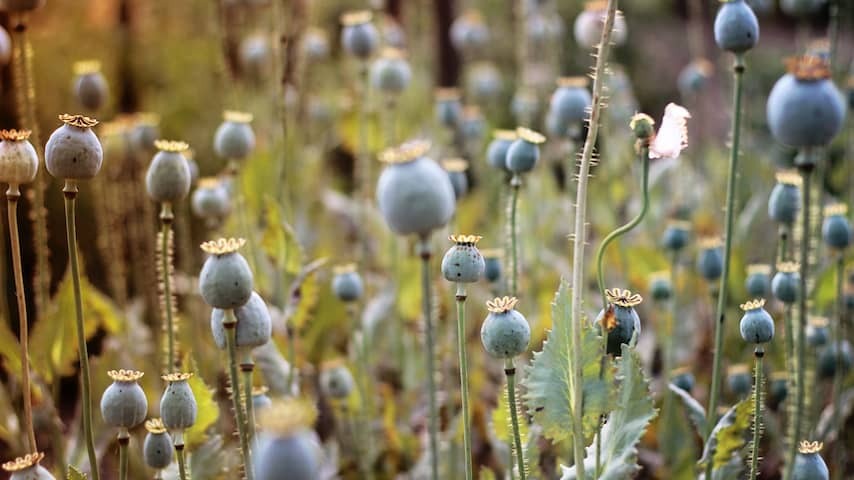
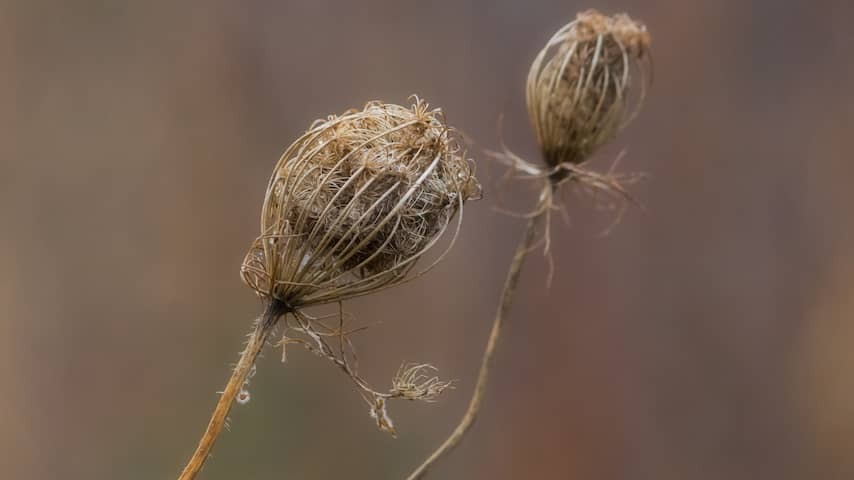
We Don’t Know Yet Whether the Winter Will Be Harsh, But It Is Certain That Your Garden Table, Chairs or Bench Will Weather Due to Cold, Rain And Wind. That is Why Gardener Rob de Vries or Werkspot.nl Advisors to Put Your Furniture in the Wood Oil Now. “That’s Easier in Warmer Weather. The Sun Helps with Drying and You Can Apply Multiple Layers Faster.” Wood Oil Penetrates Deep Into The Wood Grain and Replaces the Essential Oils That Have Been Lost Through Weathering. This Helps Prevent Dehydration, Warping and Cracking.
Get Your Lawn Ready for Cold Days
Sowing grass in the fall is perfect, Says Lennart Lambooij or Degazon coach. “In The Fall, The Soil is Still Warmer. If you cover the grass seeds with worm compost, you have a much better chance that many seeds will germinate.”
Sowing Bare Spots is a good September Job, Says Gardener de Vries, As is Scarifying, or Poking Holes in the Lawn. “By Aerating the Lawn, You Ensure Better Air Circulation to the Roots.” Also remove heavy items such as play Equipment from the grass.
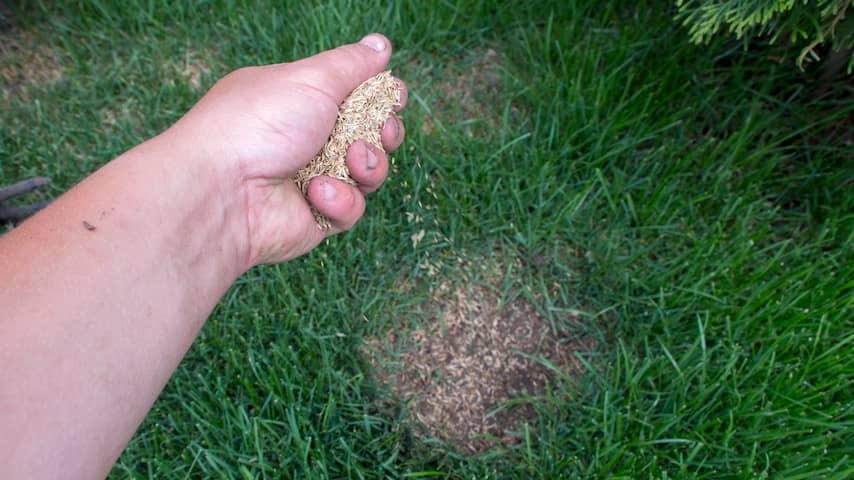
Plant Bulbs and Perennials Now and Sow Hardy Flowers
You can Now Put the Spring Bulbs in The Garden, Says Karen Mulder of Picking Garden Pluk Me in Weesp. The Planting Time is autumn, mid-September to the end of December. Mulder: “The Sooner, the Better. Choose Organically Grown Bulbs That the Bees Can Benefit from. In Early Spring There Is Little Flowering and That Is Why Some Spring Bulbs Have Huge Added Value for Bees. Think CroCUSES, Snowdrops.”
That added value also applies to Yourself, Says Mulder: “How nice is it to be able to welcome the first spring flowers in your garden in February and march?”
Early Bloomers Such as Crocuses, Star Hyacinth, SnowDrops and Botanical Tulips Naturalize, So That You Get More and More Spring Flowers in Your Garden in The Long Run.
September is also a very good month to put perennials in your garden, Says Mulder. “The Soil is then nice and warm from the summer, Wonderful to take root in. The plant does not have to put energy into flowering, so it can be it to take root. This way they are alreamy making a spurt underground to surprise and fowtering.”
The Hardy Annual Flowers Can also be Sown, Says Mulder, Such as the Marigold, Cornflower, Bolderik and Love-in-A-Mist. “You can sow them in the fall and you will have early flowering in the spring. If you sow them again in the spring, you will have a nice long flowering period. You can sow them in the open ground.”
The Slug Plague Will Not Have Escapeed the Attention of Few (Vegetable) Gardeners. You will now find the Slimy Friends in Intimate Embraces in Your Garden, which Means Many Slug Eggs That Will Hatch In The Spring. They will feast on your seedlings again.
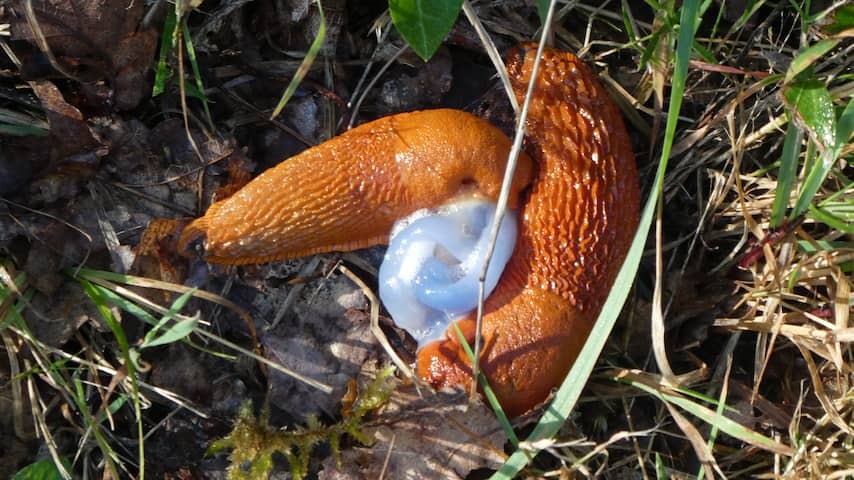
If you turn the soil in the spring, you bring up Slug Eggs that then dry out. But it is not Spring, and the best thing you can do now, Slug Expert Jacobs PreviOutly Tipped Nu.nl, is to collect Slugs and Take Them Far Away from Your Garden. “Try to collect them in one place.” For Example, on a Wet newspaper or in Empty Pumpkin Peels. They crawl into it. If you have collected a lot, it already saves a lot if you then take them away. “
Collect The Fallen Leaves of Deciduous Trees, Spray Them with Water and Put Them in a Garbage Bag with Holes. In The Spring That Yields A Bag of Fertile Leaf Compost. You can also Sprinkle the Leaves Directly on Your Established Garden Plants for a Nutritious Mulch Layer.